Musalla Carpets hold a special place in the rich tapestry of Islamic art and architecture, weaving together both practicality and spirituality within the confines of a mosque. These intricately designed carpets, spread across the prayer halls of mosques, serve as more than just floor coverings—they embody a deep connection to tradition, culture, and religious practice.
Musalla Masjid Carpets, also known as prayer rugs or simply mosque carpets, are crafted with precision and care to enhance the aesthetic appeal of mosque interiors. These carpets are specifically designed for use in the prayer areas (musallas) of mosques, where worshippers come together to perform their daily prayers. The craftsmanship involved in creating these carpets is a testament to the rich artistic heritage within the Islamic world.
The designs on Islamic carpets for mosques are often intricate and symbolic, reflecting a harmonious blend of geometry, calligraphy, and cultural motifs. These carpets vary in size, color, and design, yet they share a common purpose—to provide a clean and comfortable space for Muslims to perform their religious obligations.
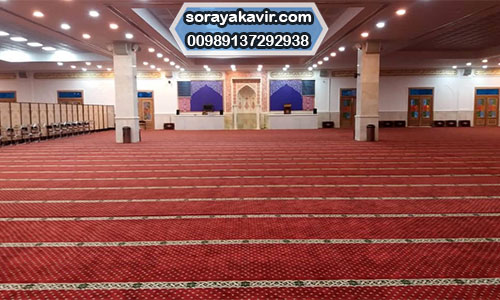
Significance of Musalla Carpets in Mosque Architecture
Carpets play a crucial role in the overall architecture of mosques, serving both functional and symbolic purposes. As worshippers enter the mosque, the carpeted prayer area signifies a sacred space reserved for spiritual activities. The softness and comfort of the carpet contribute to the physical ease of the prayer ritual, allowing individuals to prostrate in comfort during their prayers.
Beyond their utilitarian role, Musalla Masjid Carpets also hold deep symbolic meaning. The intricate patterns and designs often incorporate elements of Islamic geometry and calligraphy, reminding worshippers of the divine attributes of Allah. The act of laying the carpet is symbolic in itself, marking the separation between the mundane world and the sacred space of the mosque.
The carpets also aid in acoustics, dampening sound within the mosque, creating an atmosphere conducive to contemplation and prayer. Additionally, the visual impact of the carpets adds to the overall aesthetic beauty of the mosque, enhancing the spiritual experience for those who gather within its walls.
In conclusion, prayer carpet rolls are not mere embellishments but integral elements of mosque architecture that contribute to the spiritual ambiance, cultural identity, and traditional craftsmanship of Islamic worship spaces. In the following sections, we will delve deeper into the historical context, design intricacies, and cultural significance of these carpets.
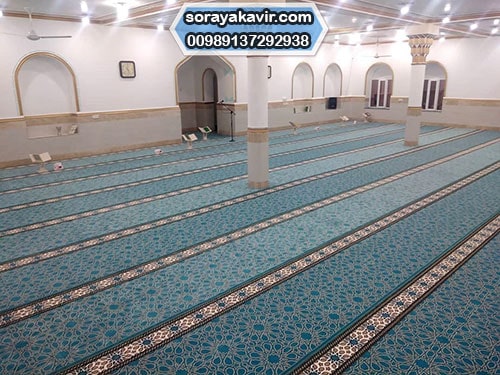
Origins and Evolution of Musalla Masjid Carpets
The roots of prayer carpets can be traced back to the early centuries of Islam, with their development mirroring the expansion of Islamic civilization. Historically, these carpets were not only a product of artistic expression but also a response to the practical needs of worshippers during prayer. The earliest prayer rugs were simple in design, serving the primary purpose of providing a clean and defined space for Muslims to perform their prayers.
As Islamic civilization flourished, so did the artistry of Musalla Masjid Carpets. The carpets evolved from basic utilitarian pieces to intricate works of art, reflecting the influence of various cultures, dynasties, and artistic movements. The design elements incorporated into these carpets began to encompass geometric patterns, floral motifs, and, notably, Arabic calligraphy, adding a layer of spiritual significance to the art form.
The spread of Islam across different regions further contributed to the diversity in masjid carpet designs. Persian, Turkish, Central Asian, and North African influences, among others, shaped the unique characteristics of carpets produced in different parts of the Islamic world. Each region brought its own artistic traditions, resulting in a rich tapestry of designs and techniques.
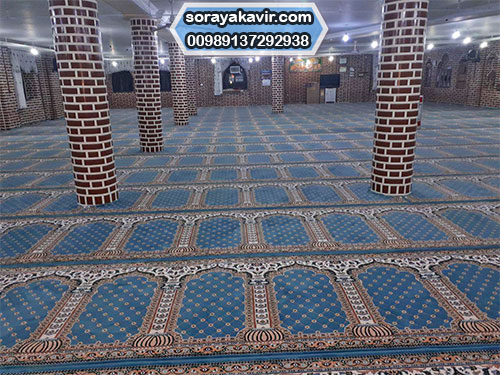
Importance of Color Choices in Musalla Masjid Carpets
Color is a language of its own, and in the world of Musalla Carpets, each hue, shade, and combination communicates a story deeply rooted in tradition and symbolism. The color choices in these carpets are not arbitrary; rather, they are deliberate selections that convey profound meanings and contribute to the atmosphere of worship within the mosque.
Spiritual Symbolism
Colors in Musalla Masjid Carpets often carry symbolic meanings rooted in Islamic spirituality. For example, green is associated with paradise and life, while blue may evoke a sense of calm and contemplation. The use of colors such as gold and red may symbolize royalty and divinity, enhancing the sacredness of the prayer space.
Cultural Identity of Musalla Masjid Carpets
The color palette of persian Masjid Carpets can reflect the cultural identity of the region in which they are crafted. Different Islamic cultures have unique preferences for certain colors, and these choices are often influenced by historical traditions and regional aesthetics. This cultural diversity is woven into the very fabric of the carpets.
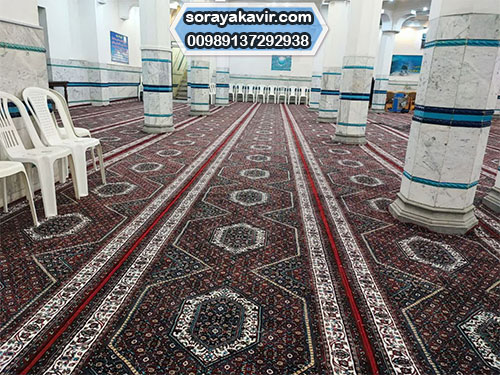
Enhancing the Prayer Experience
Beyond symbolism, color choices contribute to the overall experience of prayer within the mosque. Soft and muted tones may create a serene and tranquil atmosphere, fostering a sense of peace and devotion. Vibrant and bold colors, on the other hand, may energize the space, inspiring a connection to the divine during prayer.
Visual Harmony of Musalla Masjid Carpets
The careful selection and arrangement of colors in Islamic prayer carpets contribute to visual harmony within the mosque. The juxtaposition of contrasting or complementary colors in intricate patterns enhances the overall aesthetic appeal, creating an environment that is both visually stunning and spiritually uplifting.
Understanding the importance of color choices in Musalla Masjid Carpets allows us to appreciate the depth of thought and cultural richness embedded in these works of art. In the subsequent sections, we will explore specific colors and their meanings, shedding light on the diverse palette that adorns the prayer spaces of mosques around the world.
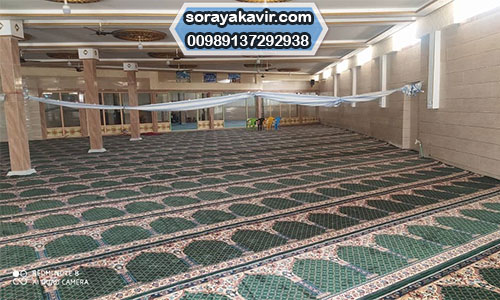
Cultural and Religious Importance
Musalla Carpets hold immense cultural and religious significance within the Islamic world. As Muslims face the holy city of Mecca during prayer, the orientation of the carpet is carefully considered, often marked by a distinctive mihrab (prayer niche) design. This attention to detail in carpet design reflects a deep respect for the spiritual requirements of Islamic worship.
Beyond their functional role, Musalla Masjid Carpets also serve as cultural artifacts that convey the artistic traditions and identity of the communities that produce them. The vibrant colors, intricate patterns, and use of symbolism in the carpet designs often echo the cultural heritage of the region, creating a visual language that transcends borders.
